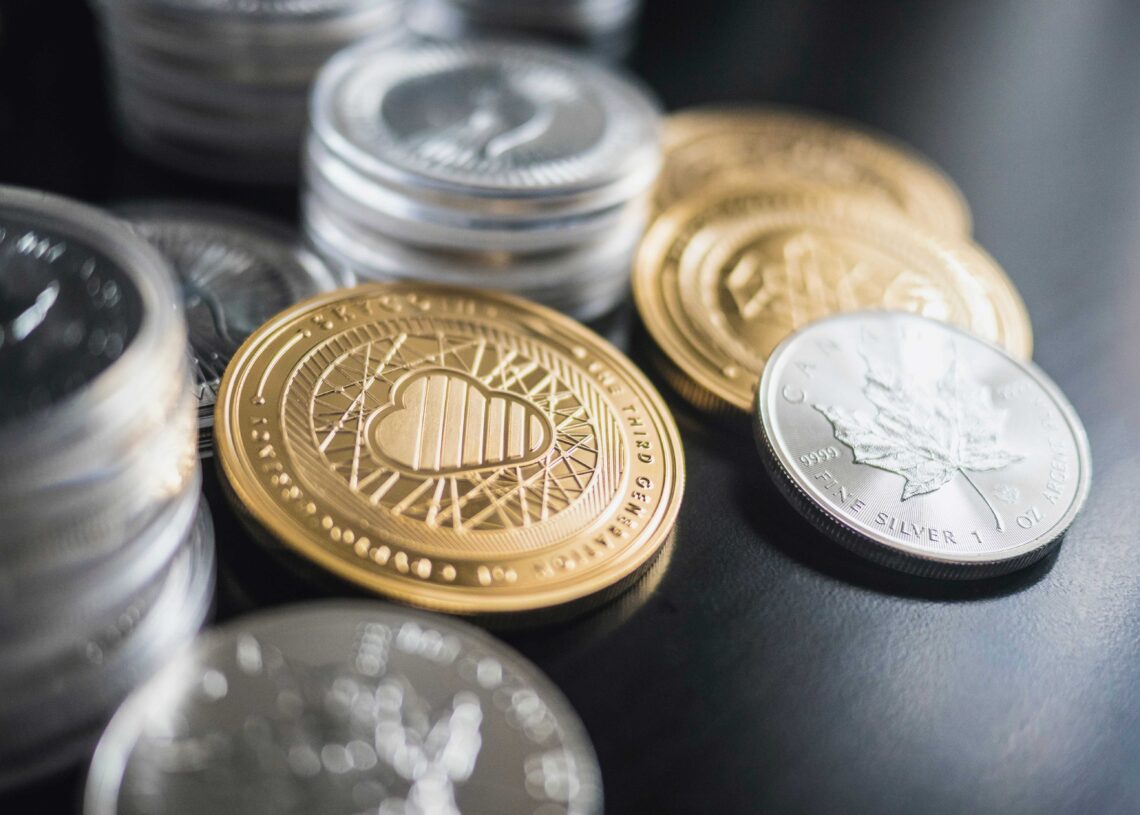In a bizarre turn of events, the dream of a new single currency for East Africa was seemingly realized through a series of fake social media posts. An account on X, claiming to be the “Government of East Africa,” released an image of a specimen note worth five sheafras, creating a buzz and going viral on major blogs and Kenyan online media outlets. However, the East African Community (EAC) swiftly dismissed the news, clarifying that it was false.
The mastermind behind the counterfeit single currency, Ugandan Moses Haabwa, expressed surprise at the widespread attention it garnered. Operating under the self-appointed title of overseer of the non-existent “Federal Republic of East Africa Government,” Haabwa claimed his intention was to provide hope to the people of the region. Haabwa, known for his mysterious background, has outlined his involvement in various ventures, including intelligence work and private investigations. Previously, he even claimed to be appointed as an ambassador for a European dukedom, further adding to his enigmatic persona.
Over the past three months, Haabwa’s group had been releasing examples of different denominations of the sheafra on social media. The release of the five sheafra note captured significant attention, partly due to the seemingly legitimate appearance of Haabwa’s social media account, complete with a verified grey tick by X in January, which indicates it is the official account of a government or multilateral organization. Despite this, X has not responded to inquiries about how the account was verified.
The concept of a new single currency for East Africa has been a subject of discussion within the EAC. Consequently, the sheafra generated excitement among those who had hoped for progress in this direction. However, both the EAC and the Bank of Tanzania dismissed the sheafra, urging people to disregard social media rumours surrounding the introduction of new banknotes for the region.
The EAC clarified on X that the journey towards a single currency was still a work in progress. In 2013, the EAC member countries had set a target to establish a single currency by this year, but the deadline has since been pushed back to 2031. The diverse nature of the eight member nations, including Burundi, the Democratic Republic of Congo, Kenya, Rwanda, South Sudan, Somalia, Tanzania, and Uganda, poses challenges for implementing a single currency. Concerns have arisen that the most developed economy in the region, Kenya, could potentially dominate if the currency were to be introduced prematurely.
Haabwa stated that his project was fuelled by the EAC’s delay and the perceived loss of trust in the community. He aimed to provide hope and inspire unity among East Africans. Although he acknowledged the need for legality, Haabwa claimed to be in the process of seeking legal recognition, starting with the country he was operating from.
The incident highlights the importance of verifying information and the power of social media in shaping public opinion. While the dream of a single currency may not be realized just yet, it serves as a reminder that regional integration and unity remain important aspirations for many East Africans.





